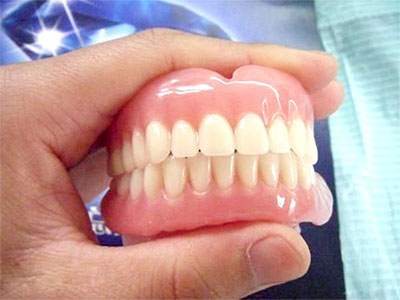Facial hair is a common concern for many women. Whether it’s peach fuzz or coarse hair, unwanted facial hair can affect one’s self-confidence and self-esteem. Fortunately, there are several methods of facial hair removal that can help women achieve smoother, more radiant skin. In this article, we will explore the different options available and provide tips on how to choose the best method for your needs.
Types of Facial Hair
Before delving into the different hair removal methods, it’s important to understand the different types of facial hair that women may have. The three most common types of facial hair are:
- Vellus Hair: Vellus hair is the fine, short hair that covers most of our body. This type of hair is usually colorless or light-colored and is often referred to as “peach fuzz.”
- Terminal Hair: Terminal hair is thicker, coarser hair that grows in specific areas such as the scalp, underarms, and pubic region. This type of hair is usually darker in color and grows longer than vellus hair.
- Hirsutism: Hirsutism is a condition in which women experience excessive hair growth on the face, chest, and back. This condition is usually caused by an overproduction of androgen hormones.
Now that we have a better understanding of the different types of facial hair, let’s explore the different hair removal methods available.
- Shaving
Shaving is the most common method of facial hair removal. It involves using a razor to cut the hair off at the skin’s surface. Shaving is quick, easy, and affordable, but it can also cause irritation, razor burn, and ingrown hairs.
To minimize the risk of irritation, use a sharp, clean razor and shaving cream or gel. Shave in the direction of hair growth and avoid going over the same area multiple times.
- Waxing
Waxing involves applying a sticky wax to the skin and then pulling it off, along with the hair. This method of hair removal can be painful, but it is also long-lasting, with results that can last up to six weeks.
To minimize pain and discomfort, avoid waxing during menstruation, as the skin is more sensitive during this time. Also, be sure to avoid waxing over any cuts, sunburn, or rashes.
- Threading
Threading is a hair removal method that originated in the Middle East and South Asia. It involves using a thin cotton or polyester thread to twist and pluck the hair out at the root. Threading is precise and can remove even the finest hairs, making it an excellent option for shaping eyebrows.
To minimize pain and discomfort, avoid threading during menstruation, as the skin is more sensitive during this time. Also, be sure to moisturize the skin after threading to prevent irritation.
- Depilatory Creams
Depilatory creams are topical creams that dissolve the hair at the skin’s surface. This method of hair removal is painless and can be used on any part of the body. However, it can also cause skin irritation and may not be effective for coarser hair.
To minimize the risk of irritation, do a patch test on a small area of skin before using the cream on a larger area. Also, be sure to follow the instructions carefully and avoid leaving the cream on for longer than recommended.
- Laser Hair Removal
Laser hair removal involves using a laser to target and destroy the hair follicles, preventing future hair growth. This method of hair removal is long-lasting and can be used on any part of the body. However, it can also be expensive and may require multiple sessions to achieve the desired results.
To minimize the risk of skin damage, choose a reputable provider with experience in laser hair removal.


